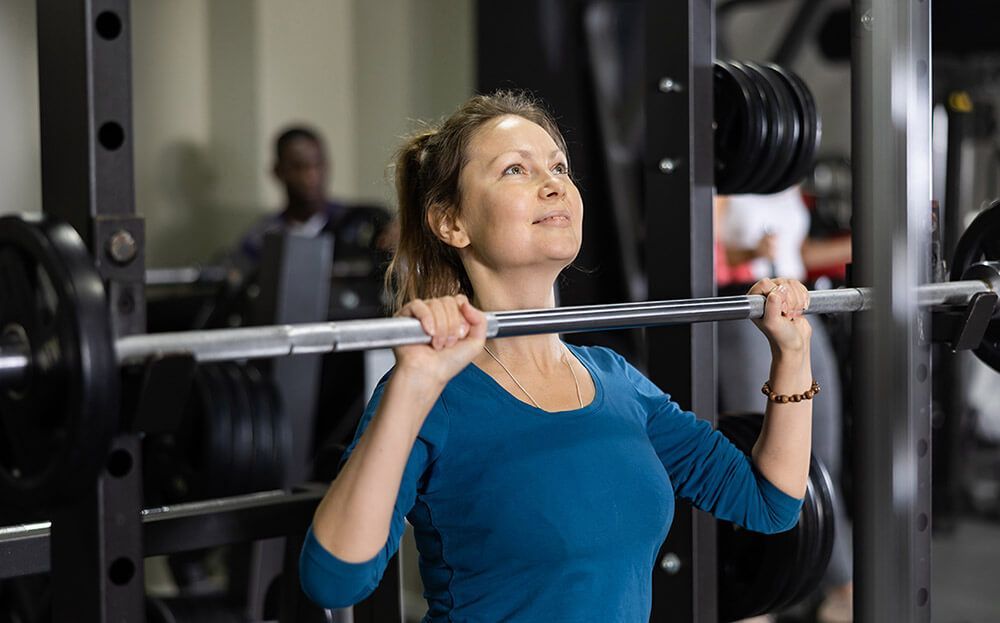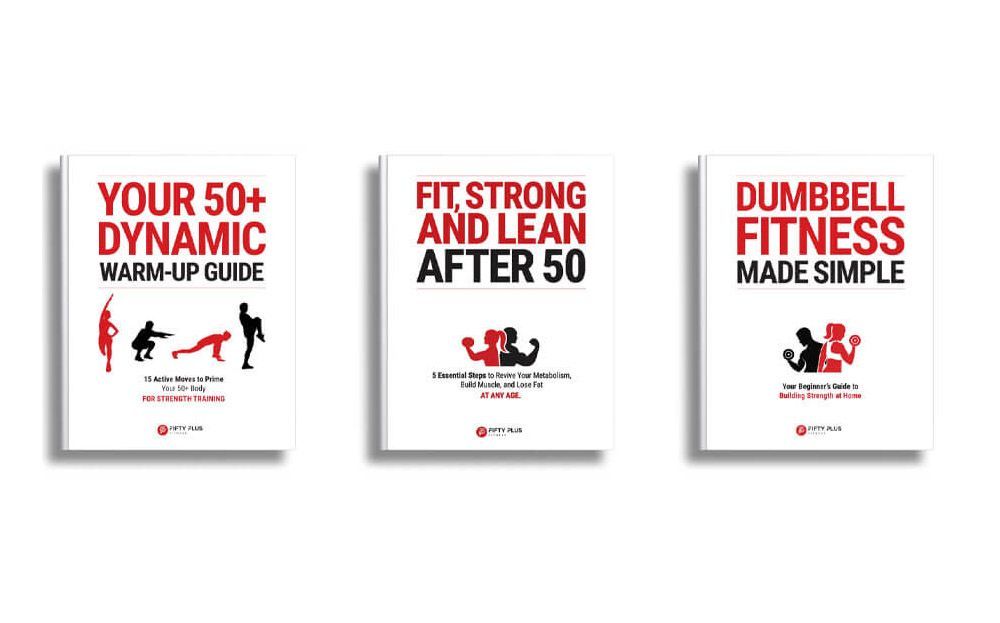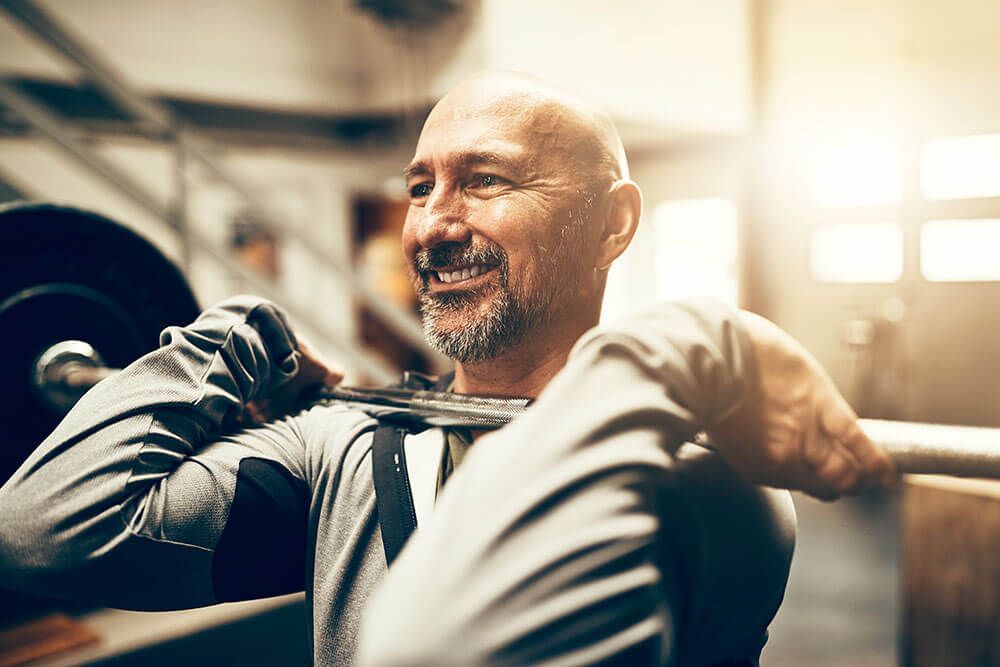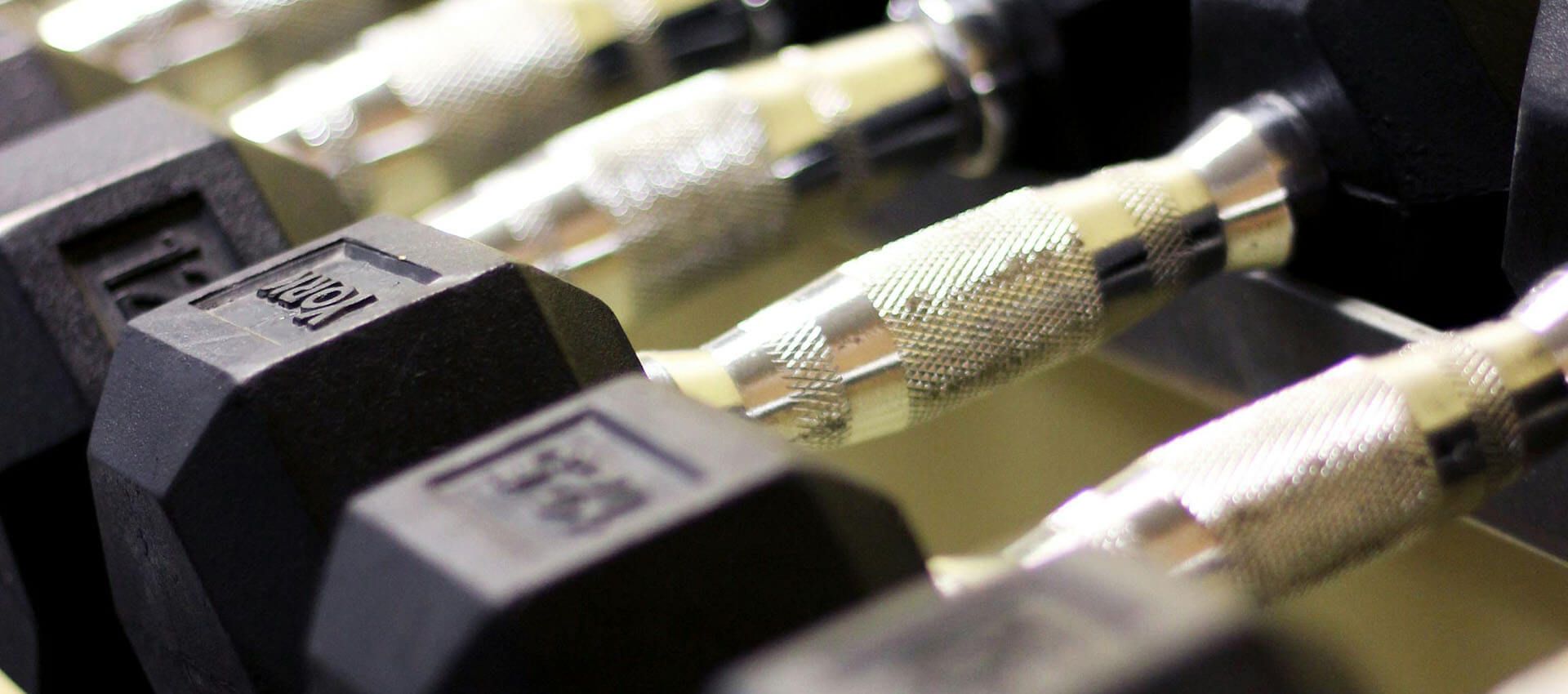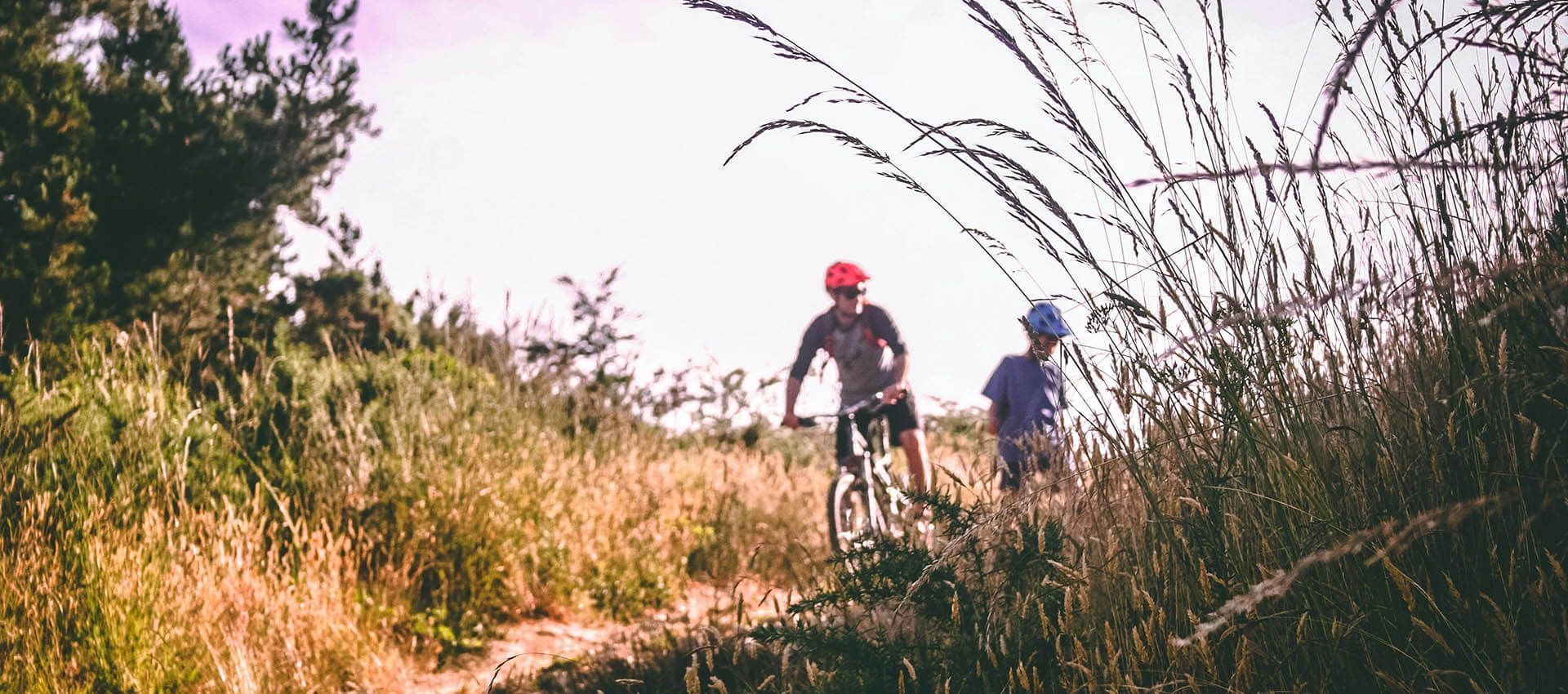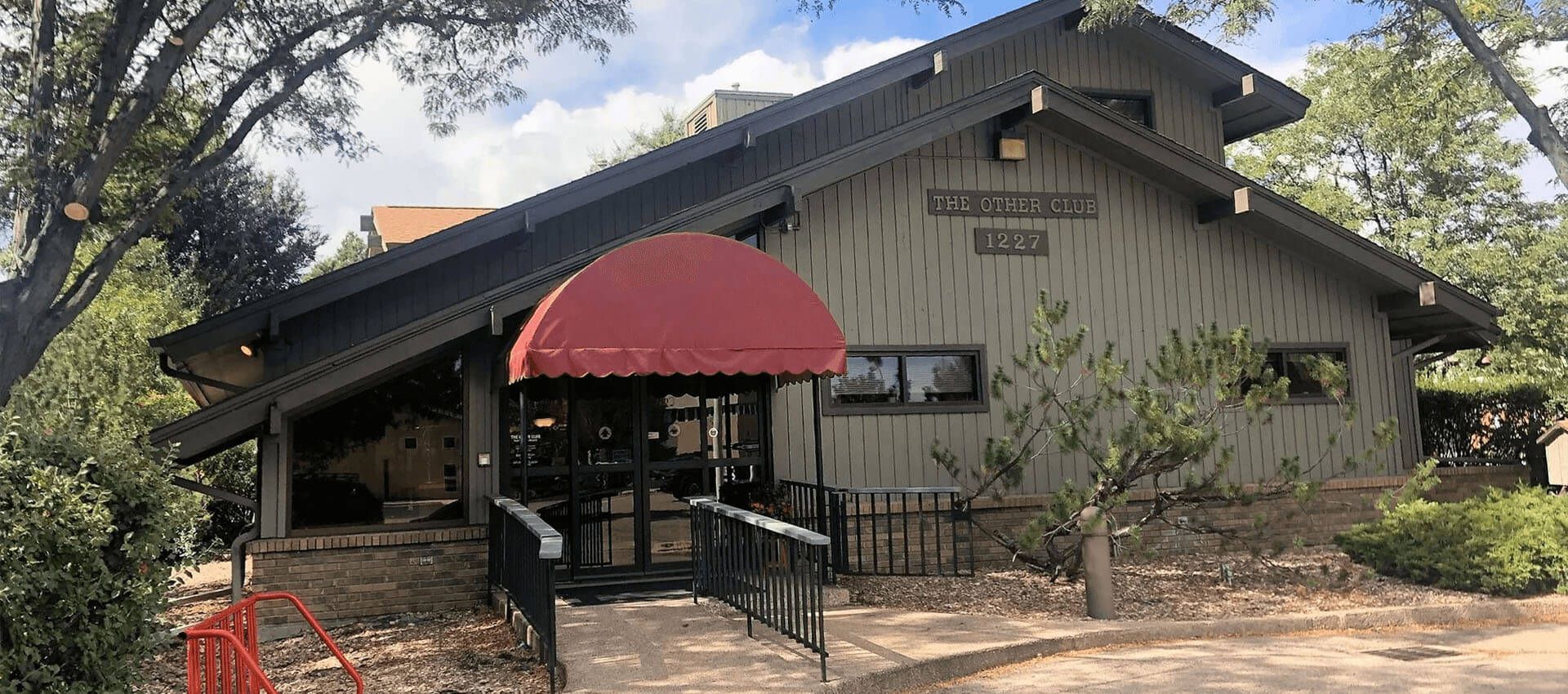Can You Really Transform Your Health After 50? YES, and Here’s How.
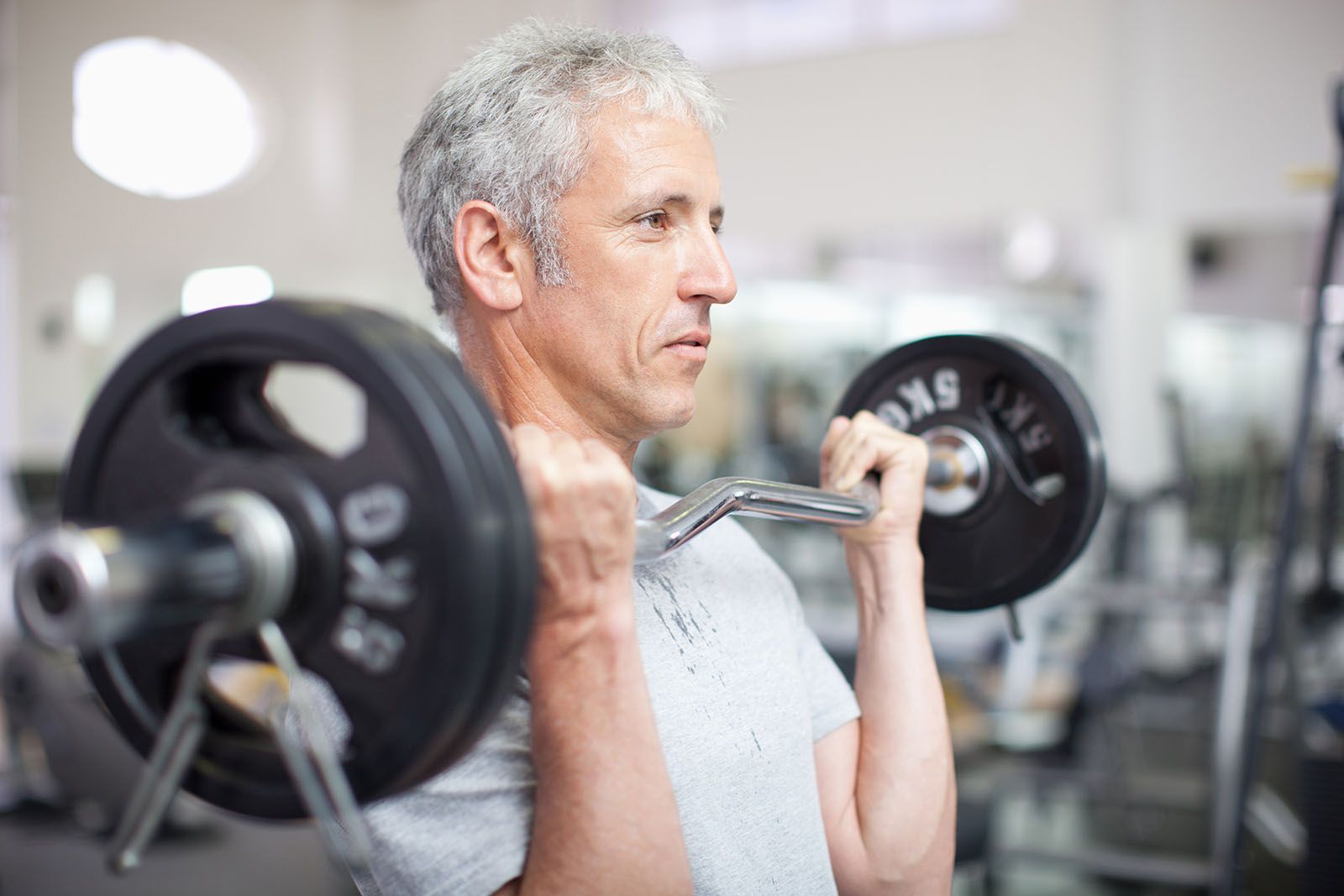
Aging doesn’t mean slowing down. No, far from it!
At 61, I’m living proof you can transform your health after 50. And this includes gaining strength, shedding fat, and feeling energized.
If you’re over 50 and wondering if it’s too late to get fit, I’m here to tell you, “No, it’s not!”
With the right approach, you can rebuild your body, boost your metabolism, and live stronger.
Here’s how I did it, why it works, and how you can start today.
My Journey: From Cardio Trap to Fitness at 61
In my past life, I was a marketing consultant glued to my desk, battling a growing waistline with endless treadmill sessions.
I thought cardio was the answer, but the weight always crept back, and chronic back pain derailed me.
At 35-ish, I tipped the scales at just under 240 pounds, drained and unhealthy.
It wasn’t until my 50s that I cracked the code: Strength training, smart nutrition, and a focus on muscle changed everything.
Now, at 61, I’m stronger, leaner, and pain-free, helping clients like you do the same through FiftyPlusFitness.
The Challenges: Why Health Feels Harder After 50
Aging brings real hurdles that make transformation seem daunting:
- Declining Energy: Hormonal shifts and muscle loss (sarcopenia) sap your vitality, making daily tasks feel tougher.
- Joint Pain and Mobility Issues: Stiffness or conditions like arthritis limit movement, discouraging exercise.
- Metabolic Slowdown: Your body burns fewer calories at rest, so fat sticks around despite diet or cardio efforts.
- Frustration from Past Failures: Years of yo-yo dieting or ineffective workouts breed doubt that change is possible.
Been there! So done that!
These are real, but they’re not your destiny.
Your body is still capable of incredible change. You just need a smarter strategy.
Your Solution: 5 Essential Steps to Get Fit, Strong, and Lean
Based on my journey and decades of coaching 50+ adults, here are five steps to transform your health, drawn from my free eBook, Fit, Strong, and Lean After 50.
These steps will help you rebuild your metabolism, build muscle, and burn fat without starvation diets or gym chaos.
And you don’t need motivation to do this. You do need to create the fitness habit. One that fits into your life!
Step 1: Rebuild Your Metabolism with Muscle
Your metabolism isn’t fixed. Nope! It’s a thermostat you can adjust.
After 50, hormonal changes and muscle loss slow calorie burn, but strength training reverses this.
Muscle is a metabolic powerhouse, burning calories even at rest.
You can fight "aging metabolism" with a killer strategy… rebuilding the metabolic machinery you’ve lost over the years...
MUSCLE!
Muscle isn’t just for strength. It’s a metabolic powerhouse.
The more muscle you have, the more efficiently your body burns calories, even at rest.
Strength training teaches your body to use energy more effectively, helping you maintain a leaner, stronger physique as you age.
Lifting weights and eating more protein (see Step #2!) stop muscle loss and rev up how many calories you burn daily.
Muscle is your metabolism’s best friend. Build it, and keep it humming!.
No gym? Use bodyweight or light dumbbells at home. Just get started with strength training!
Step 2: Prioritize Protein to Fuel Fat Loss
Protein isn’t just for bodybuilders. No! But it is your key to gaining muscle after 50.
Aim for 0.8–1 gram per pound of your target body weight daily (e.g., 140 grams for a 140-lb goal).
Foods like eggs, chicken, or Greek yogurt preserve muscle, curb hunger, and boost calorie burn through digestion.
Unlike my 40s, when I skimped on protein, eating smart now keeps me lean and energized.
Step 3: Swap Cardio Overload for Strength
Cardio alone won’t cut it. I learned this the hard way, logging miles but losing muscle.
Strength training reshapes your body, improves insulin sensitivity, and burns calories long after your workout (the “afterburn effect”).
Two 30-minute weight lifting sessions a week, paired with moderate cardio (e.g., biking) and some walking, is the way to go.
Here’s the thing about cardio: it’s great while you’re doing it. It burns calories in the moment.
And don’t get me wrong, I still LOVE and do cardio! But the thing is, I logged WAY too many hours running and cycling back in the day.
So, I’ve shifted my focus. And maybe you should consider this: Strength training, unlike cardio, keeps working for you long after you’re done lifting.
It’s like the gift that keeps on giving. So yes, do cardi, but make resistance training + protein your foundation.
Step 4: Walk for Results
Walking might seem basic, but it’s one of the best ways to supplement resistance training. To put it another way, walking is your perfect partner to strength training.
It’s low-impact, burns fat, and spares muscle, unlike excessive cardio. And it’s low-risk, easy to sustain, and offers a net positive for almost anyone.
Walking burns calories, aids recovery, and doesn’t put much stress on your body. It’s the ultimate recuperative exercise. And it’s so easy to fit into your day.
- Walk 10 minutes after meals. Great for digestion and consistency.
- Park farther away. Turn errands into mini workouts.
- Take the stairs. Skip the elevator and get moving.
No equipment, no gym membership, no awkward biker shorts. Just walk.
Aim for 7,000–10,000 steps daily. Park farther, take stairs, or stroll after meals. Studies show 7,000+ steps can slash early death risk by 50–70%. It’s simple, sustainable, and boosts recovery.
Step 5: Rest and Recover to Thrive
Recovery is as crucial as exercise. Quality sleep (7–8 hours) regulates hormones like cortisol, aiding fat loss and muscle repair.
Rest days prevent burnout and injury, especially for 50+ bodies.
I schedule rest days with light walks or stretching, keeping my body primed without overdoing it.
Bonus Step: Build the Fitness Habit
The key to lasting fitness after 50 isn’t a perfect workout or diet—it’s building the fitness habit.
Consistency trumps intensity, and small, daily actions create a routine that sticks.
Start with simple, enjoyable workouts. This could be as simple as a 10-minute walk or bodyweight squats.
Train in the gym for structure, and provide easy at-home exercises (like those in Dumbbell Fitness Made Simple) to weave fitness into your life!
This builds a habit of consistent workouts, healthier eating, and an “I’m not quitting” mindset.
All good!
Your devotion to these small steps fosters steadiness, paving the way for transformative results that reshape your body and life.
Your Next Step: Start Today
Transforming your health after 50 isn’t about grinding harder.
It’s about working smarter.
You don’t need hours in the gym or restrictive diets. With strength training, protein, walking, and rest, you can lose fat, gain muscle, and reclaim energy.
My free eBook, Fit, Strong, and Lean After 50, dives deeper into these steps with practical tips and workouts. No email required. Just download and start.
Where are you on your journey?
Maybe you’re frustrated like I was, stuck in a cardio rut, or hesitant to begin.
The good news?
It’s never too late. Take the first step: grab the eBook, try a bodyweight squat, or walk 10 minutes today. Consistency, not perfection, builds a stronger, healthier you.
Download Your Free eBook Now
Let’s get moving, together.
